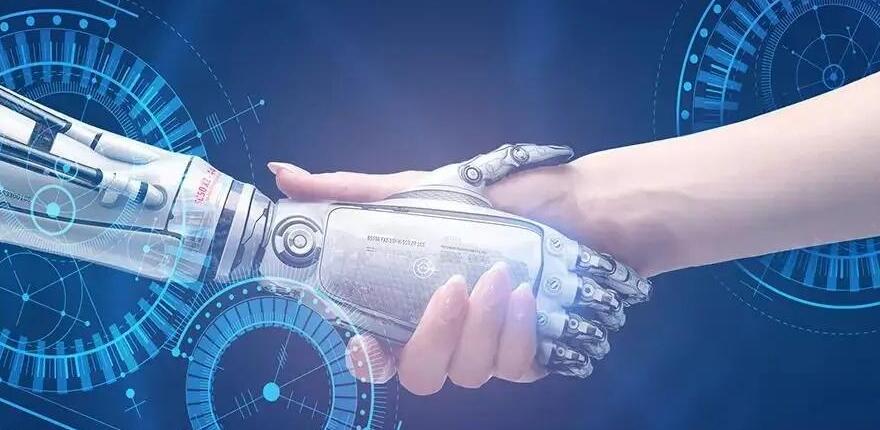By designing things with smart attributes and connecting them to the IoT, we create a global network of assets that not only improves our quality of life, but also makes it easier and safer.
The IoT gives us eyes and ears, and even hands, giving us access to physical reality from the edge of the network, where we collect raw data, stream it to the cloud, where it is processed for superior value: applicable knowledge.
By adding high-performance processing, we are gradually performing less information processing and analysis in the data centre and the cloud, and now we are performing more of these operations at the edge, and the magic happens. We are witnessing magical changes in infrastructure, industries, personal devices, etc. that are making our lives more colourful: through all of this, our lives are becoming enriched.
The Future World of AIoT
The IoT currently presents us with unprecedented opportunities to enrich our lives. But this is just one step on the way to a more powerful and impactful goal. I’m referring to IoT AI.
Today’s smart objects, which stream data, learn our preferences, and can be controlled by apps, are not AI devices. They “communicate” with each other, but they don’t work together.
A smart container that monitors the cold chain of a vaccine supply is not an AI system unless it can “perform operations” such as predicting temperature changes inside the container and automatically adjusting cooling.
A self-driving car or a search-and-rescue drone that can navigate autonomously at sea is actually an AI system. If it can drive or fly on your behalf, then you can be confident that there are some important AI capabilities involved.
Reading/speaking/translating languages through algorithms, predicting the mass and speed of objects, buying stocks on your behalf, recognising faces or diagnosing breast cancer are all features of AI.
Now, imagine a world where all AI devices are interconnected. Extending the edge of the IoT with cognitive functions such as learning, problem solving and decision making will allow today’s smart objects to achieve true self-extension from purely utility tools, multiplying the possibilities for us to interact with the real world.
AI Is Integrating Into The IoT
As a key component of the IoT, AI is the basis for entirely new applications and services. Siemens, for example, uses AI to improve the operation of its gas turbines. By learning from operational data, the system can significantly reduce toxic NOx emissions while improving the performance and service life of the turbines. Siemens also uses AI systems to automatically adjust blade angles on downstream wind turbines to improve plant output.
GE has developed an industrial inspection service based on drones and robots and uses AI to automatically navigate inspection equipment and identify defects automatically from data collected by the equipment. In healthcare, Thomas Jefferson University Hospital in Philadelphia seeks to improve the patient experience through automated language processing, which will allow patients to control room environments and request various information through voice commands.
Rolls-Royce is developing an IoT-enabled aircraft engine maintenance service that uses machine learning to help it spot patterns and identify operational insights that will be sold to airlines.
In the consumer market, Google’s Duplex shows us what the future looks like: a virtual assistant that performs “real” tasks over the phone, such as scheduling a dentist appointment or making a dinner reservation. These tasks usually require human interaction between two parties, but not in the future, and Duplex’s AI voice sounds so natural that the person answering the phone may not even realise they’re talking to a machine.
Now, what does this mean for the future? The truth is that even though a plethora of booming IoT AI apps are emerging, it’s still impossible to speculate on what else will come in the future. One thing is for sure – society is undergoing a fundamental change in today’s digital age. The paradigm shift that will accompany the convergence of AI and IoT will be even greater than it was with the advent of personal computers or mobile phones. NXP is driving this shift with secure connected processing solutions at the edge, enabling countless applications in the future of IoT AI.
Efficient security based on the principles of “security by design” and “privacy by design” will be key to eliminating the risks involved. If we keep this in mind when designing future infrastructures and devices, IoT AI will change our lives. And it is our responsibility to bring about a brighter future for humanity.